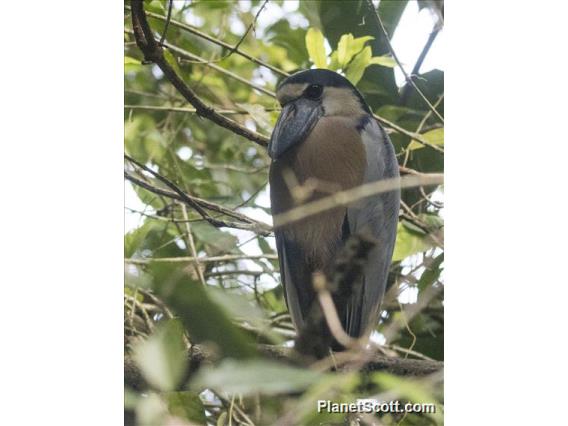Boat-billed Heron (Cochlearius cochlearius)

Boat-billed Heron (Cochlearius cochlearius)
×


Boat-billed Heron (Cochlearius cochlearius)
About Boat-billed Heron (Cochlearius cochlearius)
- Kingdom: Animals
- Phylum: Chordates
- Class: Birds
- Order: Pelicans
- Family: Herons
The boat-billed heron, colloquially known as the boatbill, is an atypical member of the heron family. It is the only member of the genus Cochlearius and was formerly placed in a monotypic family, the Cochleariidae. It lives in mangrove swamps from Mexico south to Peru and Brazil. It is a nocturnal bird, and breeds semicolonially in mangrove trees, laying two to four bluish-white eggs in a twig nest.
Source: Wikipedia
Visits
-
2001-12-31
La Tovara, Mexico -
2006-11-11
Sani Lodge, Ecuador -
2008-01-07
La Tovara, Mexico -
-
2009-02-07
Parque National Iztopo, Honduras -
-



